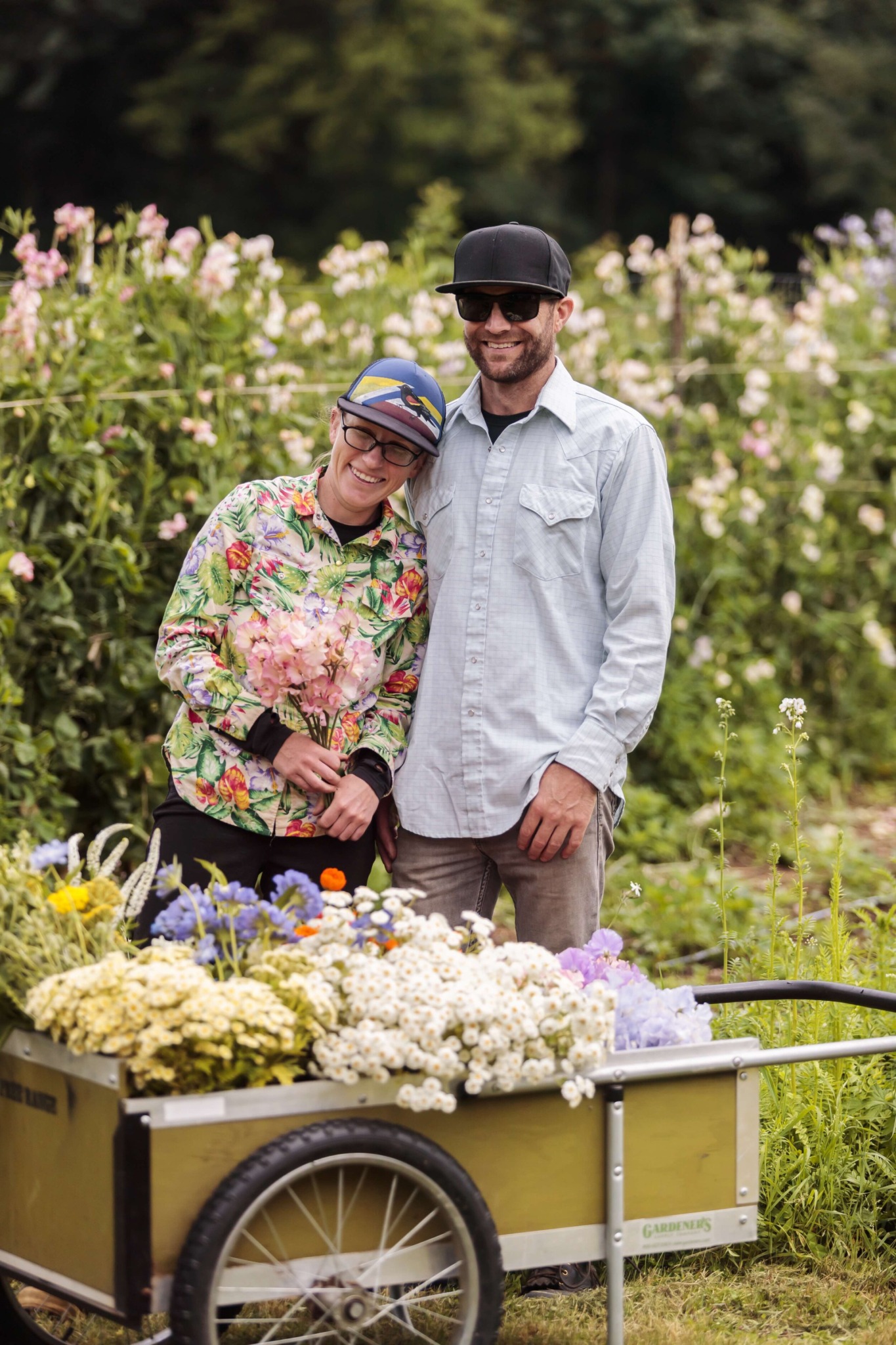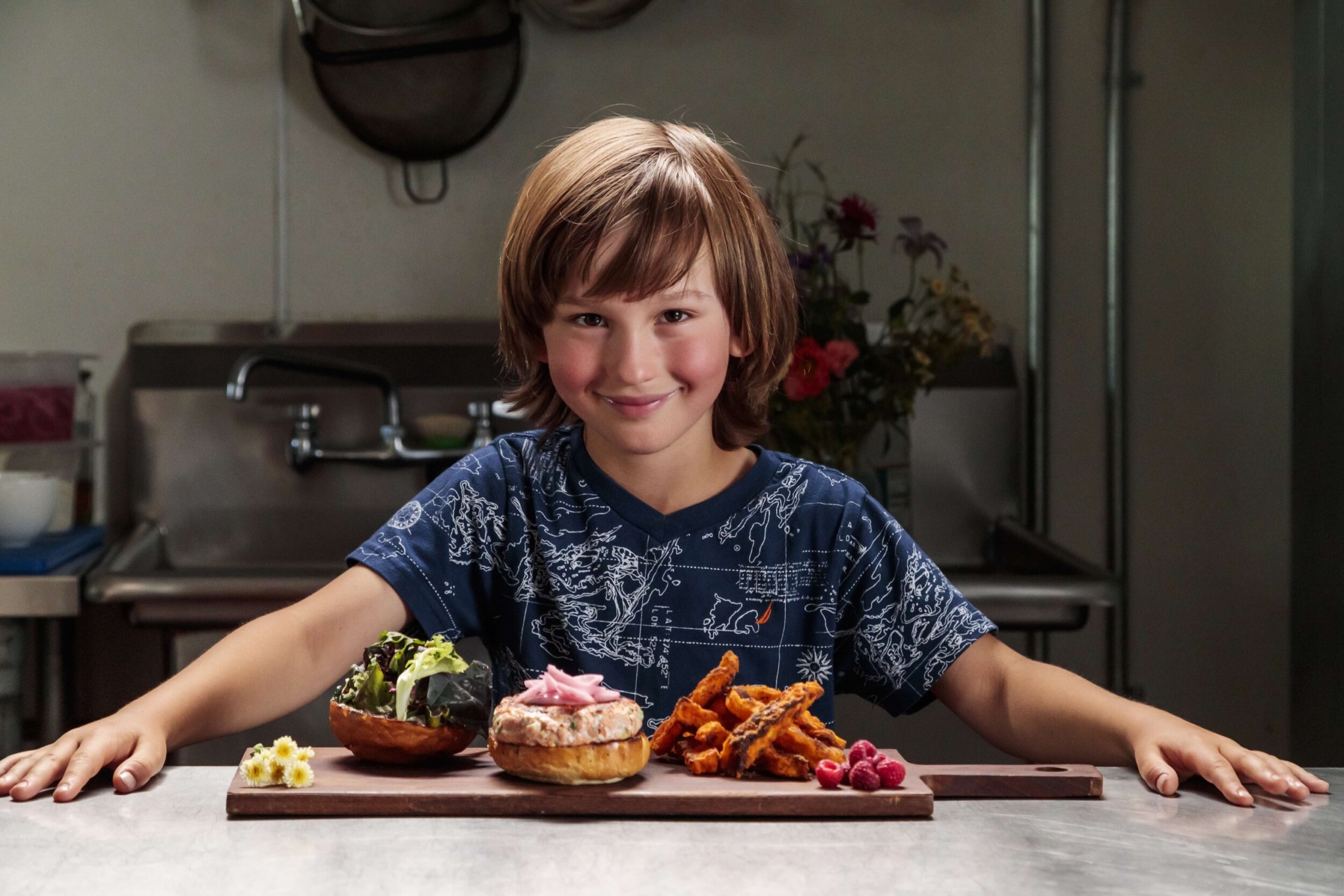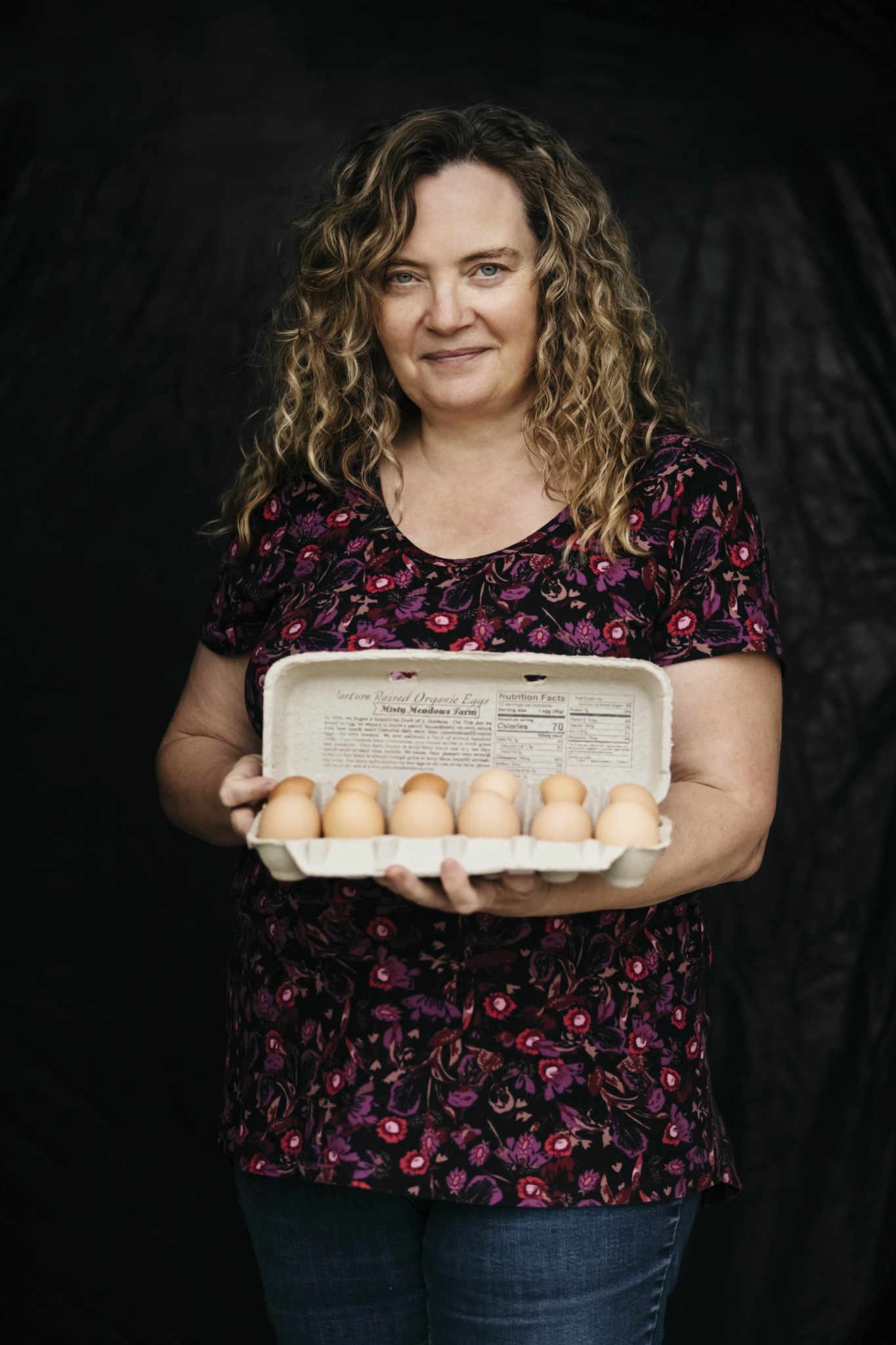Local Food, Local Money, and the Power of Storytelling
This story was first published by SoulCraft All Stars.
“How we eat can change the world,” said visionary Alice Waters. At first, that statement may seem idealistic or exaggerated, but as we’ve seen through Alice’s work in the California School systems and around the globe, it has changed the world. We got to witness her work first-hand some years ago on a project we did with her and Heifer International. Beyond the more obvious benefits of eating local, there are a surprising number of fringe benefits the community enjoys when you choose to buy from local farmers. We saw that the food choices of communities in places like Kenya, South Africa, Guatemala, California, and Arkansas changed the economics, health, and environmental success of each of these regions. It was kind of incredible. Now we’ve witnessed the same benefits in our own backyard thanks to Sustainable Connections.

Eat Local is an idea folks in Bellingham have been supporting for decades thanks in large part to the tirelessly creative work of Sustainable Connections. They’ve worked for years to support local farmers and local restaurants and promote the benefits of supporting these businesses in ways we can all understand. And yet, it is easy to forget just how powerful an economic, environmental, health, and community driver something as simple as eating local can be. The numbers are really compelling.
Did you know that locally-owned independent restaurants return twice as much money to our local economy as chain restaurants per dollar of revenue? How about that independent retailers return more than three times as much money per dollar of sales as chain stores? We were shocked too!
- Direct impact: spending done by a business in the local economy to operate the business, including inventory, utilities, equipment and pay to employees.
- Indirect impact: dollars the local business spent at other area businesses re-circulate.
- Induced impact: the additional consumer spending that happens as employees, business owners, and others spend their income in the local economy.
The same Michigan State Study also offered a long list of benefits that eating locally grown food offers:
- Locally grown food is full of flavor. When grown locally, the crops are picked at their peak of ripeness versus being harvested early in order to be shipped and distributed to your local retail store. Many times, produce at local markets has been picked within 24 hours of your purchase.
- Eating local food is eating seasonally. Even though we wish strawberries were grown year-round, the best time to eat them is when they can be purchased directly from a local grower. They are full of flavor and taste better than the ones available in the winter that have traveled thousands of miles and picked before they were ripe.
- Local food has more nutrients. Local food has a shorter time between harvest and your table, and it is less likely that the nutrient value has decreased. Food imported from far-away states and countries is often older, has traveled, and sits in distribution centers before it gets to your store.
- Local food supports the local economy. The money that is spent with local farmers and growers all stays close to home and is reinvested with businesses and services in your community.
- Local food benefits the environment. By purchasing locally grown foods you help maintain farmland and green and/or open space in your community.
- Local foods promote a safer food supply. The more steps there are between you and your food’s source the more chances there are for contamination. Food grown in distant locations has the potential for food safety issues at harvesting, washing, shipping, and distribution.
- Local growers can tell you how the food was grown. You can ask what practices they use to raise and harvest the crops. When you know where your food comes from and who grew it, you know a lot more about that food.
So, when Sustainable Connections asked us to help make a short movie promoting Eat Local Month for August 2020, we were delighted. As part of our normal discovery process, we first talked with them about their desired goals and target audience. It was great to hear how much success they’ve had over the years, but there was still a group of folks they just couldn’t seem to reach. See, there are some serious misconceptions that local foods are intimidating, fancy, and unfamiliar. And the real deal-breaker… that your kids won’t eat it. Folks don’t need more challenges – certainly not over the dinner table. What was clear was that we needed to help reach people like ourselves, hardworking folks without a lot of extra time. We felt that if we can demystify local foods and dispel the myth that your kids won’t LOVE it, we could also illustrate to folks just how life-enriching it can be to know your local farmers, support local restaurants, and support our local economy.
We determined that Sustainable Connections’ desired audience would love to see a DELICIOUS and accessible recipe created by a no-nonsense local chef featuring all the farms and fisheries where the ingredients came from. The piece had to be short and surprising. We used the sounds of chopping, frying, and sounds from the farms to create a rhythm and a visceral connection to each location. And in our final reveal, instead of a typical adult diner – we featured my youngest son, Zurai. I’m a little biased, but I think he did an amazing job (such a great smile!). He didn’t get a chance to taste the burger before we shot the scene and so his reaction was the 100% real deal. He was blown away! He’s been asking to return to Cosmo’s Bistro for dinner to order the burger and share with his older brother and Mama.
The time we got to spend with Spring Time Farm, Free Range Flowers, Misty Meadows Farm, Enfield Farms, Lummi Island Wild, and Maberry Packing over the years has been a huge benefit to our company’s food culture. We support local farms when feeding our crews and our families. While we know eating local keeps dollars in the community, gives us access to healthier food, and reduces the environmental footprint, what we weren’t prepared for was the richness that comes from knowing our farmers and chefs. Our children are much more likely to eat healthy local foods when they’ve been to the farms or eaten these items in local restaurants. During these uncertain times, we are so very thankful for our strong local food economy. And we very much appreciate the folks at Sustainable Connections continuing to promote and support our local farmers and restaurants, because where would we be without them? Treat yourself this August. Eat local. Go visit a farm. It’s not as hard as it seems and the payback to you, your family, our farmers, and our community are huge with a multiplying effect.
Much love + respect,
a.straight
Senior Creative Director



